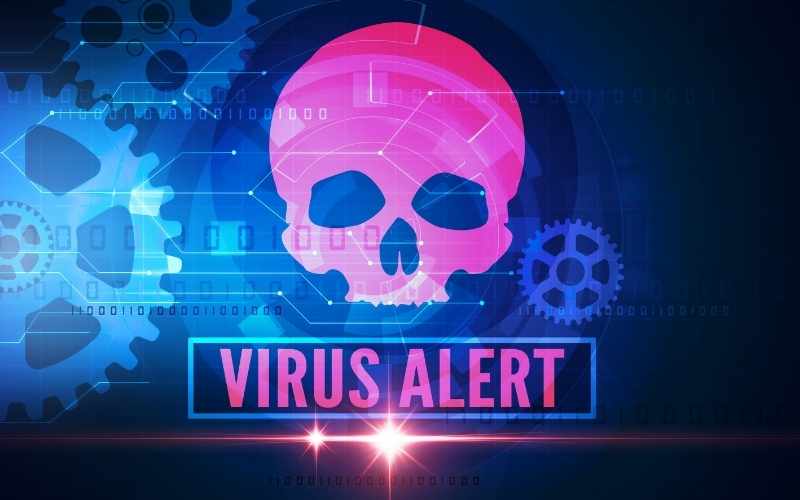Network Protection
Network security refers to the cybersecurity measures implemented to secure the network and data integrity. It seeks to protect any weak areas in your infrastructure, such as endpoints and servers, against internal and external threats. Network security encompasses all aspects of securing the local infrastructure of an organization, including its hardware components, software applications, cloud platforms, and networks.
Unlike cloud security, network security involves a broader scope of considerations, yet, both strive to protect an organization’s essential IT assets. It is up to you to choose which to utilize. Nevertheless, the complexity of your operation will influence your decision.
Most people envision an individual or equipment attempting to connect to a wired or wireless LAN without authorization when considering illegal access. The network security technologies that prevent this type of unwanted access for wired and wireless networks are network access control and enterprise mobility management systems.
Network security focuses on the techniques used to protect network-level data, applications, and resources. The fundamental objective is to prevent unwanted access to or between network infrastructure components.
Cloud Protection
The cloud is protected by cloud security. It safeguards people, data, apps, and other assets against unanticipated dangers. These dangers may be internal or external, with vulnerabilities and misconfigurations most likely entry points.
Cloud security is conceptually very similar to network security. In contrast, it is environment-specific and operates inside the boundaries of a cloud platform (and its specific ecosystem). For cloud security to be adequate, it must be implemented on three levels: the application level, the platform level, and the physical infrastructure that supports virtual machines (the infrastructure level).
Cybersecurity is becoming a crucial component of business operations. If your network lacks security, you risk having your data stolen or kidnapped for ransom.
Cloud security protects cloud computing’s data, applications, and infrastructures. Many issues of cloud environment security (whether public, private or hybrid) are identical to those of any on-premise IT system.
High-level security risks, such as unauthorized data exposure and leaks, inadequate access restrictions, attack susceptibility, and availability disruptions, affect traditional IT and cloud systems. As with any computing environment, cloud security requires you to maintain proper preventive safeguards.
Numerous firms utilizing cloud storage have exposed critical, potentially sensitive information. This leak was not deliberate, but it is also difficult to prevent. However, it has impacted them, their company’s reputation and integrity on the market, and their business possibilities. Installing cloud security is essential for preventing this kind of occurrence.
The cloud security systems impose access limitations on employees and anybody with authorized access to the data. They accomplish this by restricting data access to those who require it. This makes it far more difficult for anyone who seeks to leak or misuse the data. This considerably safeguards the companies’ data.
You must manage and consider several aspects that may ultimately affect your business. These are merely broad principles and points for comprehending why cloud security is crucial; your reasons may differ.

Lead Instructor qualified in CISSP, CCIE, and MCT with 25 years of training experience in Toronto.






